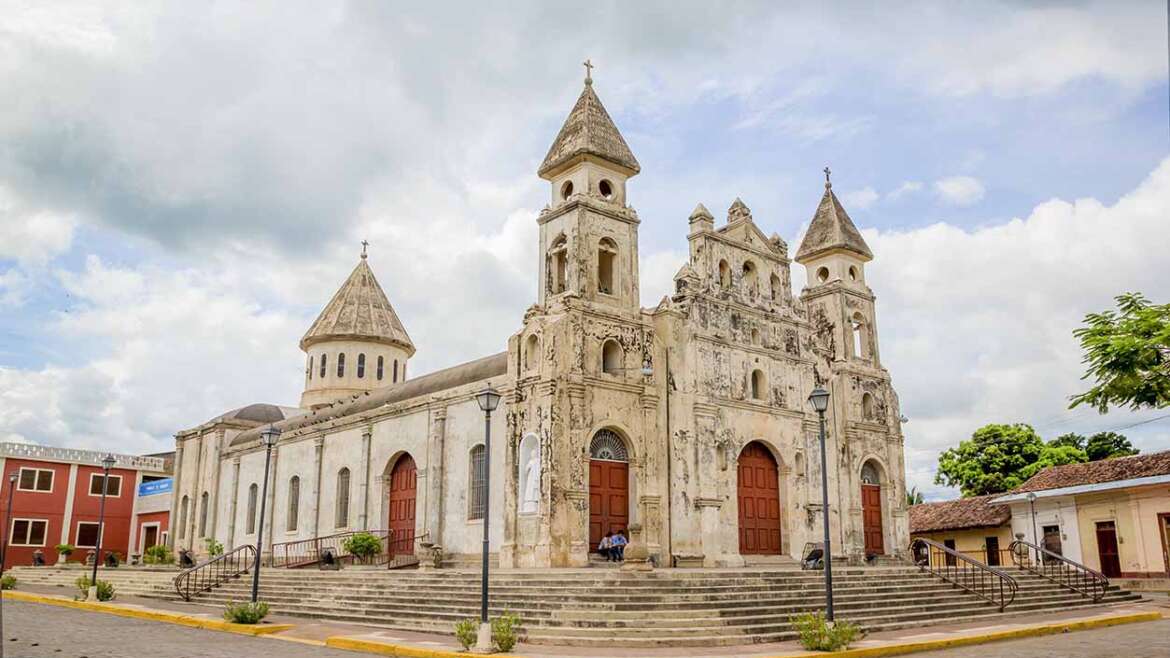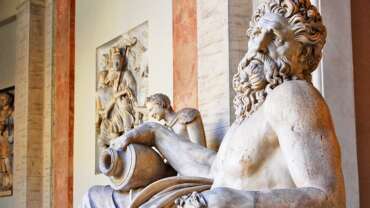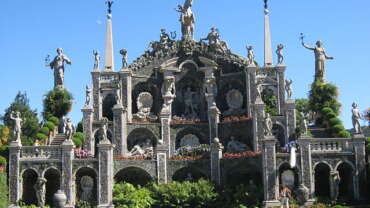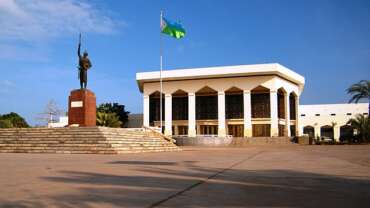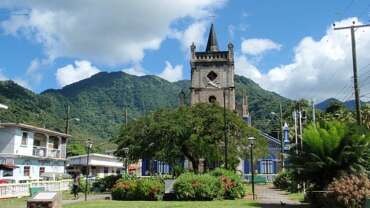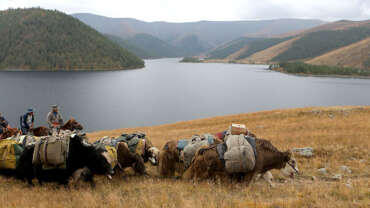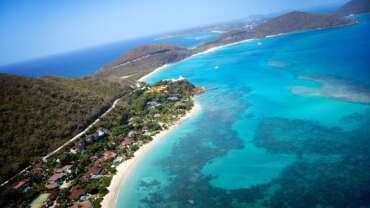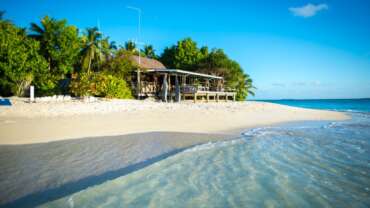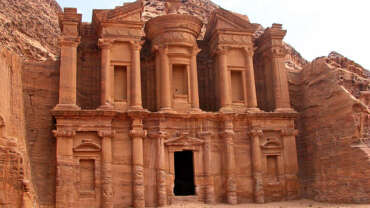Nicaragua - I love you as you are.
Nicaragua, set between the Pacific Ocean and the Caribbean Sea, is a Central American nation known for its dramatic terrain of lakes, volcanoes and beaches. Vast Lake Managua and the iconic stratovolcano Momotombo sit north of the capital Managua. To its south is Granada, noted for its Spanish colonial architecture and an archipelago of navigable islets rich in tropical bird life.
The country has three regions which vary greatly in weather, geography, and population. These three areas are the Pacific Region, Central Region, and the Caribbean Region consisting of two sub-regions: the North Caribbean Coast Autonomous Region (RACCN), and the South Caribbean Coast Autonomous Region (RACCS).Situated at the very center of the Americas, Nicaragua is an ideal place to visit for anyone looking for something uniquely different and adventurous.
History of Nicaragua
Nicaragua, which means, “here united with the water,” is a sovereign state whose people love freedom and independence.
The western region of the country was colonized by Spain, where the east was once a British region with a culture similar to that of the Caribbean nations. Examples through history include the fight led by the “general of the people” Augusto C. Sandino against the intervention of the United States in 1927, and the Sandinista People’s Revolution against the Somoza dictatorship, which led the way to democracy and solidarity in Nicaragua. Today the country is a democracy, with elections and a government dedicated to social justice and peace.
The merging of different cultures within Nicaragua has caused the dawn of a creative, lively and blissful culture. Nicaraguans are appreciated for their natural warmth, hospitality and wisdom. The country is known as the land of poets, and Nicaraguan poet Rubén Darío is the father of Spanish-American literary movement, Modernism. The rhythmic marimbas and folkloric dances give vibrancy to our fiestas across the country and the beautiful work of our skilled artists spreads an understanding of our history and nature.
Religion of Nicaragua
Religion plays a momentous role within the Nicaraguan culture. Religious freedom and tolerance are promoted both by the government and the constitution, there is no separation. Religious authorities lend their guidance in key state developments and they often mediate between parties during political crisis.
Many religious celebrations take place throughout the country. These events are often loud, joyous celebrations that attract large crowds with dance, music and traditional interpretations.
Each city and town has an official Saint, also known as the ‘Santo Patrono’, which have been designated since colonial times. As well as honoring these Saints with gifts in exchange for blessings, celebrations take place called ‘Fiestas Patronales’ that can last several days and are colorful, folkloric events. The highlight of these festivals tend to be the philharmonic bands called ‘chicheros’, where trumpets, clarinets, drums and a cymbal come together come together to create an energetic melody.
Music of Nicaragua
Nicaragua is a country keen on their music and dance, a product of the different heritage and cultures from before. It is as if each region gave birth to a different music and dance, yet still come together to mesh perfectly creating this one cultural identity. Following is a break down of the regions:
Pacific – A mixture of the indigenous and Spanish culture resulting in a wide range of diverse music and dance with flutes and drums accompanied by dancers in Spanish garb demonstrating the duality of cultures.
Masaya – Here the cultural feature is referred to in the Latin American term ‘mestizaje’, a mixture of culture. Dances are expressed with soft movements as guitars strum lightly in the background with the national folklore instrument, the wooden marimaba, painting the picture of a dance between man and woman.
North/Central – The European heritage brought by the Spanish and German descendants is prominently displayed in this region. Dances known as the ‘polcas’ and ‘mazurcas’
Caribbean – Though the African culture plays an integral role in this region, influencing both the music and dance, the contribution of the native indigenous tribes can not be forgotten. The dance of choice is the ‘palo de mayo’, crafted in Bluefields, an energetic dance which highlights the role of the body with sensual movements.
Little Corn Island
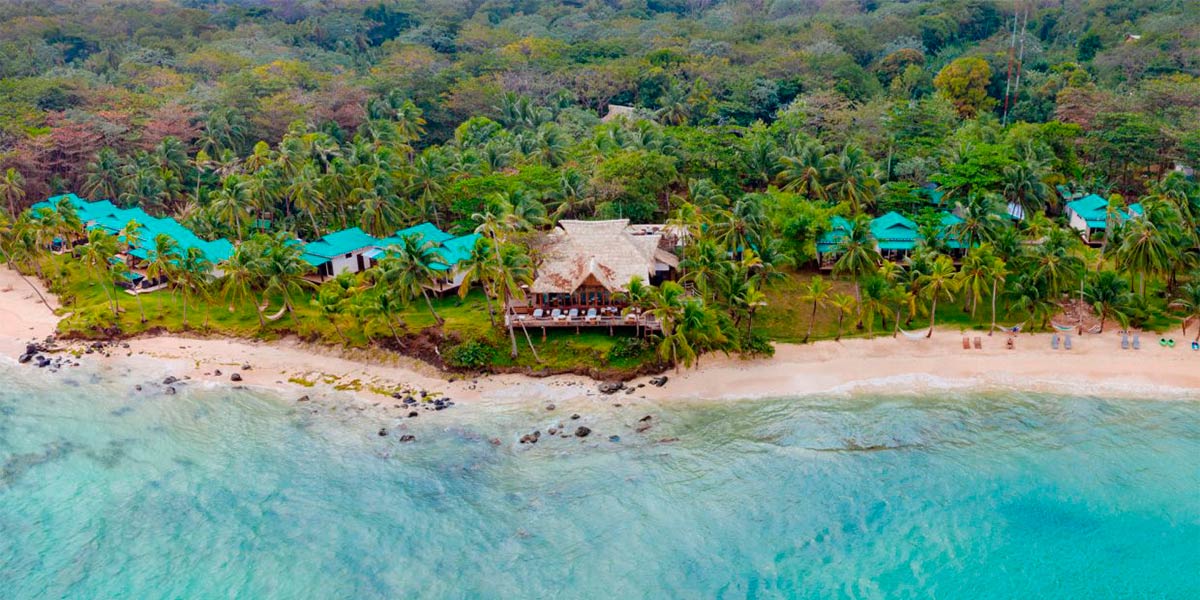
Among all these island formations appears Little Corn Island, one of the two islands that form part of the municipality of Corn Island in the southern Caribbean of Nicaragua.
The crystal-clear waters of this island offer favorable conditions for snorkeling and diving. At night you can better see the infinite sky, embroidered with stars, due to the lack of adequate energy. Accompanied by the background music that offers the sounds of the Caribbean Sea.



